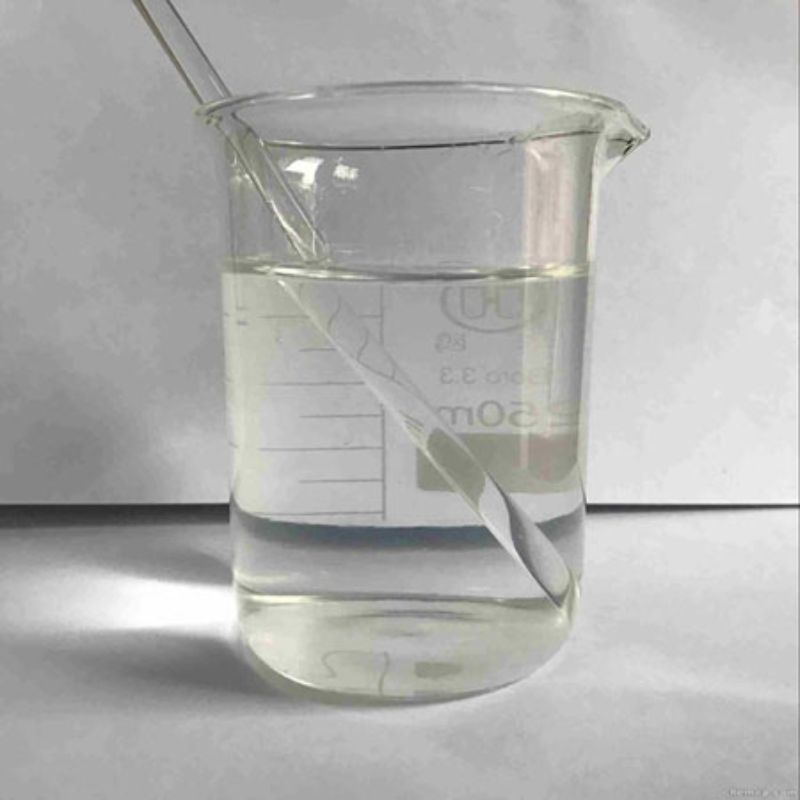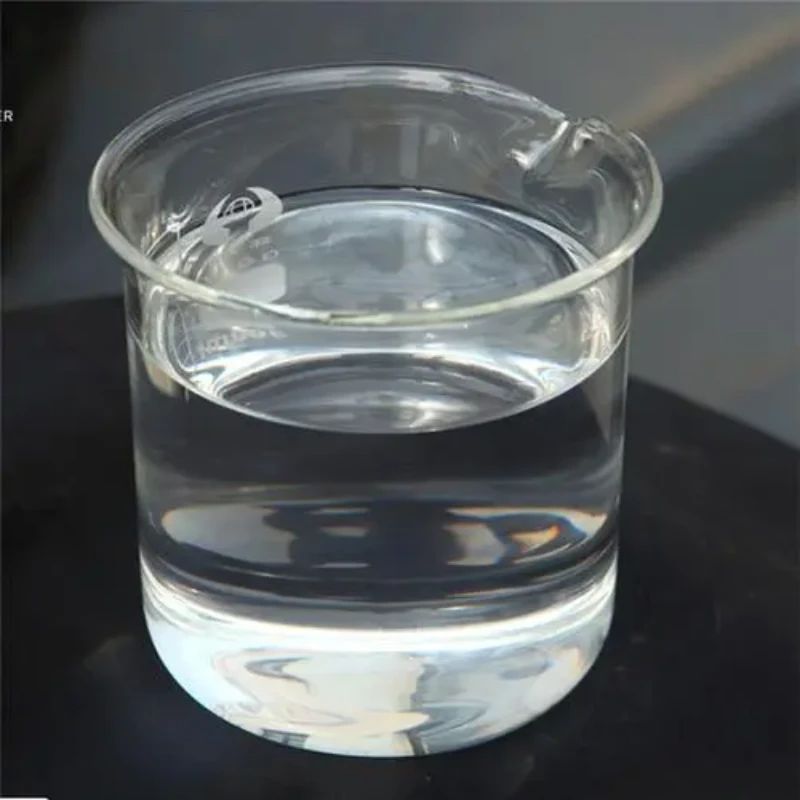
Products
HS 29152100 Factory Price High Quality CH3COOH Cas No.64-19-7 Acetic Acid
Product Description
| Name: | Acetic Acid |
| Synonym: | Natural Acetic Acid; Arg-Tyr-OH·Ac-Phe-Arg-OEt·Lys-Lys-Lys-OH·Trityl-1,2-diaminoethane·WIJS SOLUTION;WIJS' SOLUTION; WIJS CHLORIDE |
| CAS: | 64-19-7 |
| Formula: | C2H4O2 |
| Appearance: | Colorless transparent liquid with pungent smell. |
| EINECS: | 231-791-2 |
| HS Code: | 29152100 |


Basic information
| CAS No. | 64-19-7 |
| Name | Acetic acid |
| CBNumber | CB7854064 |
| Molecular formula | C2H4O2 |
| Molecular weight | 60.05 |
| MOLFile | 64-19-7.mol |
| Melting point | 16.2°C(lit.) |
| Boiling point | 117-118°C(lit.) |
| Density | 1.049g/mL at 25°C(lit.) |
| Vapor density | 2.07(vs air) |
| Vapor pressure | 11.4mm Hg(20°C) |
| Refractive index | n20/D 1.371(lit.) |
| FEMA | 2006|ACETIC ACID |
| Flash point | 104°F |
| Storage conditions | Store below +30°C. |
| Solubility | alcohol |
| Acidity coefficient (pKa) | 4.74(at25ºC) |
| Form | Solution |
| Color | Colorless |
| Specific gravity | 1.0492(20ºC) |
| PH value | 3.91(1 mM solution);3.39(10 mM solution);2.88(100 mM solution); |
| Ph value range of acid-base indicator discoloration | 2.4(1.0M solution) |
| Odor | Strong, pungent, vinegar-like odor detectable at 0.2 to 1.0 ppm |
| Odor Threshold | 0.006ppm |
| Explosive limit | 4-19.9%(V) |
| Water solubility | Miscible |
Uses
1.Commonly used analytical reagents, widely used for neutralization or acidification. Non-aqueous titration solvents, preparation of buffer solutions, organic synthesis. Manufacture of pigments, drugs, acetate fibers, acetyl compounds, etc. It is also used to dissolve phosphorus, sulfur, hydrohalic acid, etc. As a sour agent, it can be used as a compound seasoning, prepare vinegar, canned food, jelly and cheese, and use it in appropriate amounts according to production needs. It can also be used as a flavor enhancer for koji liquor, and the amount used is 0.1-0.3g/kg. Used as a solvent in the manufacture of rubber, plastics, dyes, etc. It is also used as a raw material for the manufacture of vinyl acetate, cellulose acetate, menthyl acetate, photographic drugs, pharmaceuticals, pesticides and other organic synthesis.
2.Commonly used analytical reagents. Universal solvents and non-aqueous titration solvents. Used in the manufacture of acetate, cellulose acetate, medicine, pigments, esters, plastics, spices, etc.
3.PH value regulator. It can be used for the preparation of ethyl acetate, the preparation of fibers, paints, adhesives, copolymer resins, etc., the preparation of acetic anhydride, chloroacetic acid, glycolic acid and industrial pickling.
4.Can be used for industrial pickling. For the preparation of fibers, coatings, adhesives, copolymer resins, etc.
5.It is an important organic chemical raw material, which can produce a variety of organic chemical products. The pharmaceutical industry is used to prepare a variety of medicines, the dye industry is used to manufacture a variety of dyes, and the synthetic materials industry is used to synthesize a variety of polymer materials, which is an important organic chemical intermediate. In addition, it is also used as industrial solvents, leather tanning agents, rubber latex coagulants, dye aids, artificial fragrances, chemical reagents, etc., and also used as acidulants, flavor enhancers, etc.
6.Acetic acid can be used in some pickling and polishing solutions, in weak acidic solutions as buffers (such as galvanizing, electroless nickel plating), in semi-bright nickel plating electrolyte as additives, in zinc, cadmium passivation solution can improve the adhesion of the passivation film, and commonly used to adjust the pH of weak acid plating solution, can also be used as a solvent for some organic additives (such as coumarin).
7.Commonly used analytical reagents, general solvents and non-aqueous titration solvents, organic synthesis, synthesis of pigments and pharmaceuticals.
8.Used in the manufacture of acetate, cellulose acetate, medicine, pigments, esters, plastics, spices, etc.










